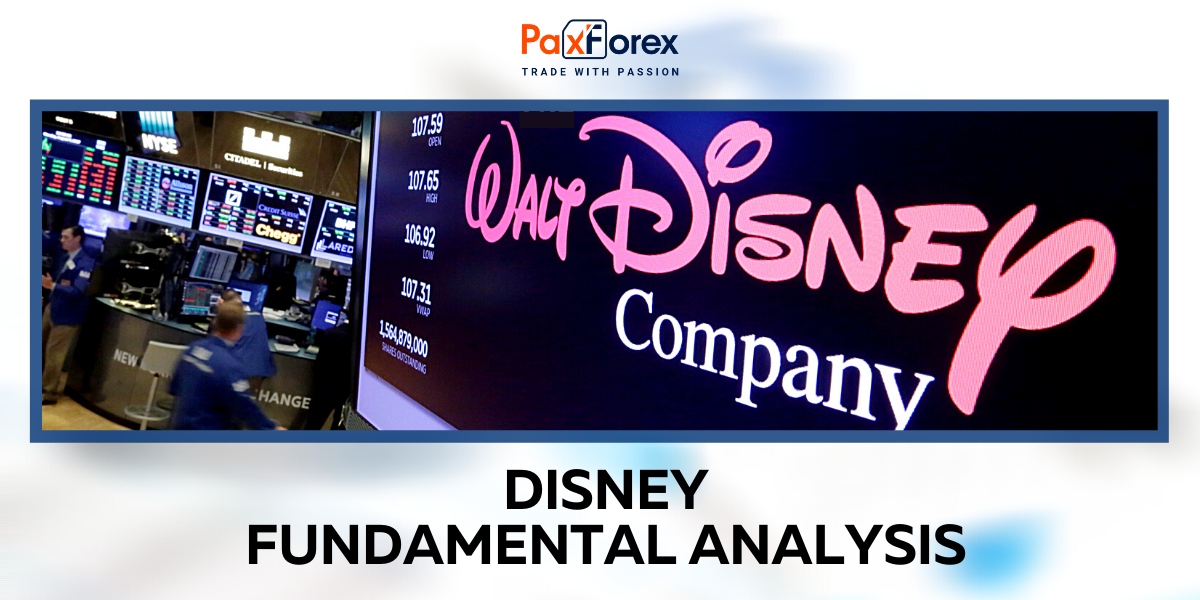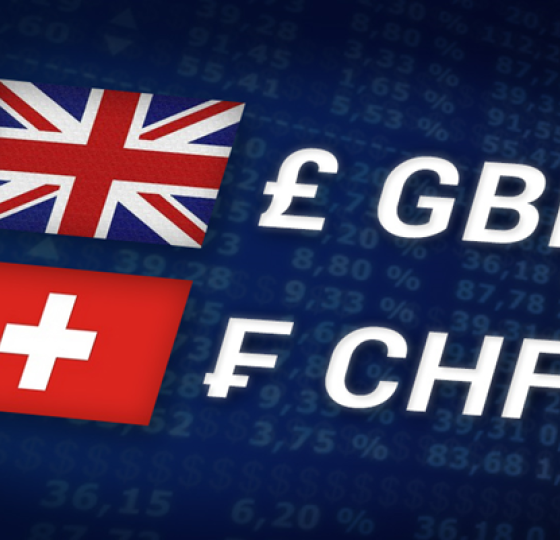
Source: PaxForex Premium Analytics Portal, Fundamental Insight
While most tech companies thrived during the pandemic thanks to consumers at home investing in the new office and entertainment equipment, players like Disney suffered significant losses due to movie theater and theme park closures.
And even though the pandemic has eased, Disney stock is down 37% from a year ago as the company tries to recover its losses. The company has made substantial changes to its business, making a big push into the streaming industry. The move paid off, with Disney surpassing Netflix in streaming subscribers in the last quarter. The company also saw dramatic growth in its parks business, signaling a return of guests.
Disney has been a dominant force in the entertainment industry for decades. Let's take a look at what the company and its investors can expect now.
As the S&P 500 and Nasdaq Composite indices have fallen 23% and 33% since the beginning of 2022, it's clear that Disney's stock price has been largely affected by the overall market decline. Companies in various industries have been hit by skyrocketing inflation, rising interest rates, and geopolitical factors.
The stock price of entertainment companies such as Netflix has fallen more than 50 percent in 2022, while Comcast's stock price has fallen 40 percent. The streaming industry as a whole has worried investors, who fear that entertainment subscriptions will come first as consumers reduce their discretionary spending.
Apart from the market drop, Disney investors also retreated in May after Q2 results raised concerns about the rising cost of Disney's flagship streaming service, Disney+. Between May 4 and June 14, the company's stock price fell nearly 19% after second-quarter 2022 results showed an $887 million loss in the direct-to-consumer segment, which includes Disney+. The report only worsened when CFO Christine McCarthy said during the earnings report that Disney+ growth could slow in the second half of this year.
Macroeconomic factors and the expensive streaming business made investors pessimistic about Disney's near-term future. However, after disappointing Q2 results, the company has taken steps to remedy the situation; perhaps investors just need time to see these changes take effect.
In spite of losses in Q2, Disney reported a brilliant Q3 on August 10. The results for the period exceeded analysts' expectations. Revenues rose 26% YoY to $21.5 billion, and earnings from continuing operations more than doubled to $2.12 billion.
The most notable improvements, however, were in Disney's parks and streaming business. Parks revenues soared 70% to $7.39 billion as guests returned en masse after the pandemic closed.
In addition, Disney reached an important historic milestone in its streaming business, surpassing Netflix in streaming subscribers with 221.1 million users (including Disney+, Hulu, and ESPN+). Disney+ gained 14.4 million subscribers during the quarter, a 31% increase over last year.
The positive quarterly results caused Disney stock to jump 7% on Aug. 10, but it has done little to help investors since then. Disney's Q3 may have reduced some doubts about Disney's streaming business, but Wall Street remains wary as recession fears grow.
Nonetheless, Disney stock is a solid buy in the long run. After reporting significant losses in its streaming segment in Q2 of 2022, the company raised prices on all of its services and plans to launch an ad-supported Disney+ tier in December. Both changes should raise the average rate per user and increase the company's revenue in the long run.
If a recession hits, the company is likely to experience some decline, but it won't last forever. Disney stock has fallen because of a disappointing first half of the year, as well as a sell-off in the stock market affecting many companies. However, with the price-to-earnings ratio now 65% lower than it was a year ago, now is a good time to buy Walt Disney stock.
As long as the price is below 100.00, follow the recommendations below:
- Time frame: D1
- Recommendation: short position
- Entry point: 98.18
- Take Profit 1: 92.00
- Take Profit 2: 85.00
Alternative scenario:
If the level of 100.00 is broken-out, follow the recommendations below:
- Time frame: D1
- Recommendation: long position
- Entry point: 100.00
- Take Profit 1: 105.00
- Take Profit 2: 110.00













